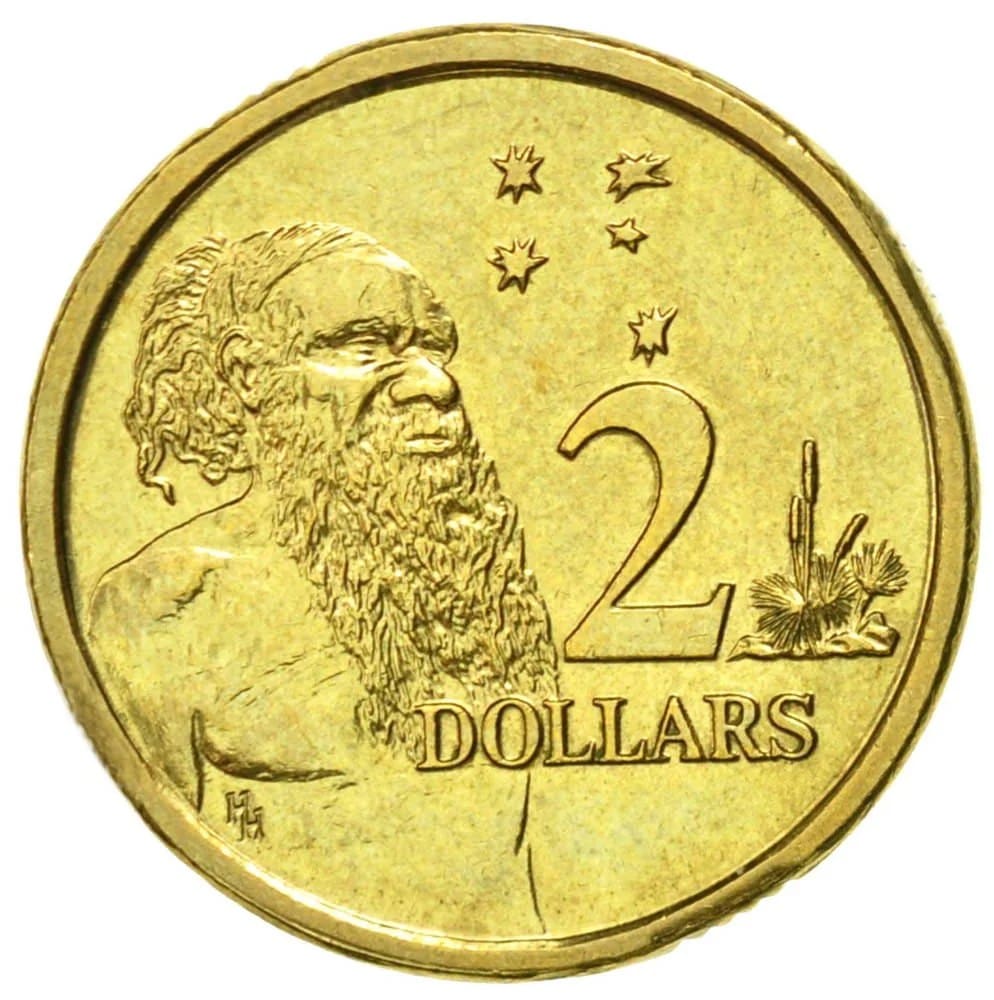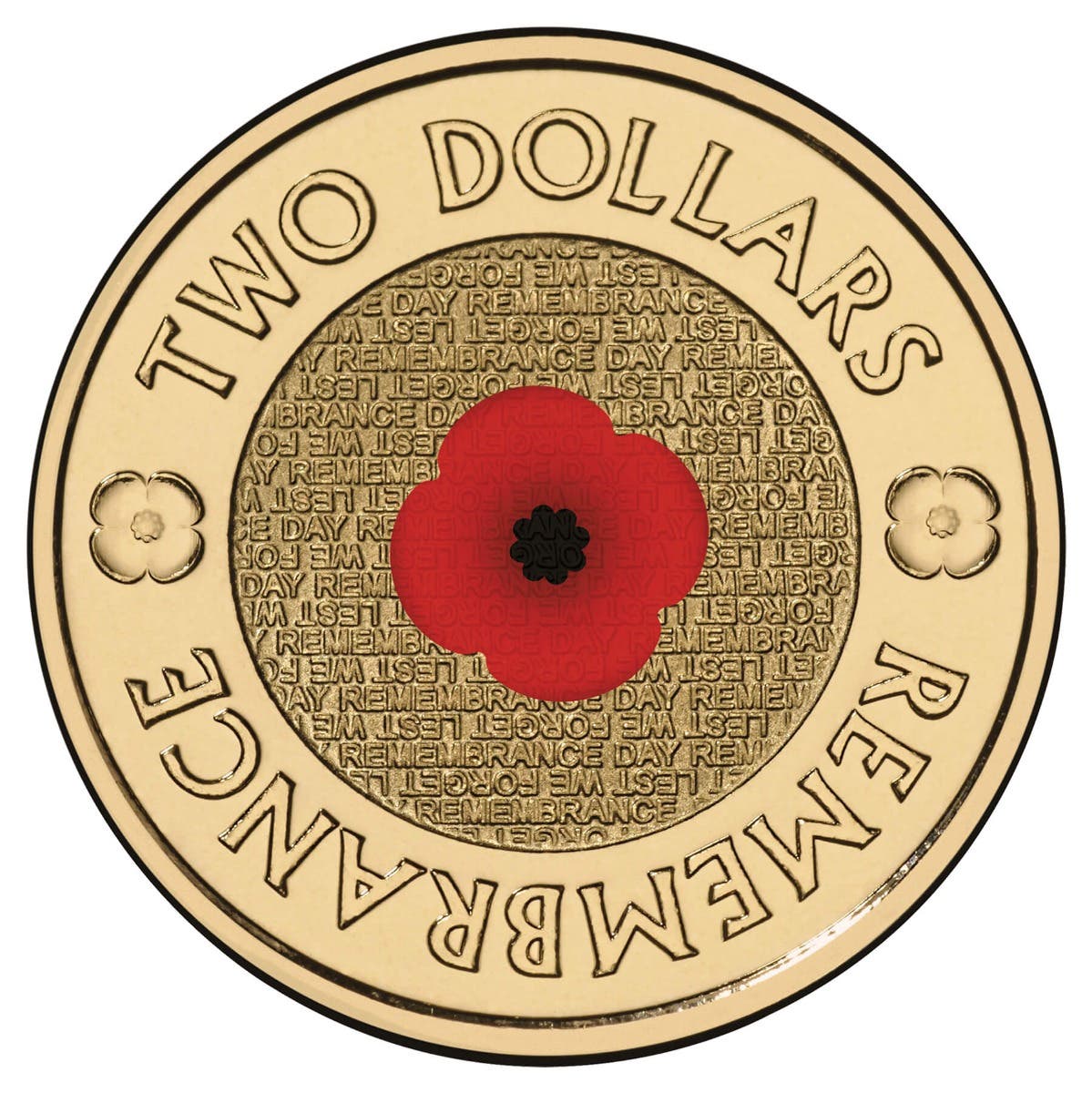Key Milestones in Two Dollar Coin History

The two dollar coin holds a unique place in currency history. Its journey is filled with fascinating milestones.
Introduced in Australia in 1988, it replaced the two dollar note. This change was part of a broader currency modernization effort.
The coin’s design features an Aboriginal elder, a tribute to Australia’s rich cultural heritage. Its composition of copper, aluminum, and nickel ensures durability.
Over the years, the two dollar coin has seen various commemorative editions. These include the popular red poppy coin, released for Remembrance Day.
Collectors and history enthusiasts find the coin’s evolution intriguing. Its value can vary greatly, especially for rare editions. The two dollar coin remains a significant part of Australia’s monetary system.
The Origins of the Two Dollar Coin
The journey of the two dollar coin began in the late 20th century. Australia decided to phase out its two dollar note. This move aimed to modernize and streamline the currency system.
Introduced in 1988, the coin marked a significant shift. It was designed to last longer than paper notes. This practical change helped reduce production and replacement costs over time.
The introduction was part of a larger economic strategy. Australia aimed to create a more durable and efficient monetary system. The two dollar coin played a central role in this transformation.
Key features of the two dollar coin’s origins include:
- Introduction Date: 1988
- Reason: Replace the two dollar note
- Design Inspiration: Reflect Indigenous culture
- Economic Impact: Reduce currency maintenance costs
Thus, the coin’s origins reflect a blend of cultural respect and economic insight. Its introduction was a pivotal moment for Australian currency.
Design and Composition: What Makes the $2 Coin Unique
The Australian two dollar coin stands out with its distinct design and composition. Its small size and weight make it unique among Australian coins. This eye-catching design was crafted with both form and function in mind.
The coin features an image of an Aboriginal elder, designed by sculptor Horst Hahne. This design pays homage to Indigenous culture. Surrounding the elder are symbols of the Southern Cross and native vegetation, emphasizing national pride.
The composition of the two dollar coin involves a durable alloy blend. It’s made of 92% copper, 6% aluminum, and 2% nickel. This combination ensures the coin’s longevity and resilience in circulation.
Key attributes of the two dollar coin include:
- Design: Aboriginal elder, Southern Cross
- Materials: Copper, aluminum, nickel
- Durability: Enhanced longevity
- Size and Weight: Small and dense for easy handling
Overall, this distinctive design and composition highlight its cultural and practical significance.
Major Commemorative Releases and Coloured $2 Coins

The two dollar coin has celebrated numerous significant events through its commemorative editions. Since 1988, these special coins have marked important national and historical milestones. They not only add to the coin’s numismatic value but also to its cultural importance.
Coloured two dollar coins have gained significant popularity among collectors. The use of color enhances these coins’ visual appeal and commemorative significance. Each release often becomes a cherished piece for coin enthusiasts.
One notable release is the Remembrance Day 2 dollar coin from 2012. This coin featured a red poppy at its center to honor fallen soldiers, becoming highly coveted among collectors. The red poppy coin is a powerful symbol of remembrance and respect.
Commemorative coins often feature unique designs that reflect Australian history and heritage. From military achievements to important anniversaries, these coins capture moments in the nation’s story. The limited mintage of these coins often makes them valuable.
Popular commemorative $2 coins include:
- 2012 Red Poppy Coin: To honor Remembrance Day.
- 2013 Coronation Coin: Marking Queen Elizabeth II’s Coronation.
- 2016 Decimal Anniversary Coin: Celebrating 50 years of decimal currency.

These coins reflect Australia’s rich history, making them sought-after pieces. Collectors eagerly await each new release, adding vibrancy and diversity to Australia’s currency narrative.
Rare and Valuable Australian 2 Dollar Coins
The Australian two dollar coin is not just for pocket change; some editions are highly coveted by collectors. These coins have become rare due to limited releases or unique features. Their value often exceeds their face value significantly.
Certain designs and editions stand out in the world of numismatics. Coins such as the 2013 Coronation coin or the 2012 red poppy are prime examples. These coins are prized for both their rarity and historical significance. As a result, they often fetch high prices.
The value of these coins can be attributed to several factors. Mintage numbers, condition, and demand all play crucial roles. Coins with errors or unique markings further increase in value, attracting keen interest from collectors and investors alike.
Examples of rare and valuable $2 coins include:
- 2013 Coronation Coin: Low mintage makes it a top collectible.
- 2012 Red Poppy Coin: Unique colored design and historical significance.
- 2001 Double Obverse Coin: An error coin prized for its rarity.
For collectors, these coins are treasures that tell stories of Australia’s rich heritage. Their value continues to grow, making them a wise investment for those in the know.
Understanding the Value of Australian Two Dollar Coins
Determining the value of Australian two dollar coins is an intricate task. Various factors contribute to their worth, distinguishing rare coins from their more common counterparts. The market is dynamic, with coin values changing over time.
Key influences on coin value include mintage, condition, and demand. Coins with lower mintage numbers are generally more sought-after. Additionally, the physical condition plays a significant role; well-preserved coins tend to fetch higher prices.
Collectors often use value charts and numismatic guides to track the worth of their collections. These resources provide insights into current market trends and historical data. By understanding these elements, collectors can make informed decisions.
Factors affecting 2 dollar coin value:
- Mintage: Lower quantities usually increase value.
- Condition: Better preserved coins are often worth more.
- Demand: Popular designs see higher market interest.
Gaining expertise in these areas helps enthusiasts enhance their collections and potentially increase their investment returns.
The $2 Coin in Everyday Life and Collecting
The two dollar coin is a staple in Australian currency. Its size makes it convenient for everyday transactions. People encounter it daily, whether buying groceries or grabbing a quick coffee.
Despite its everyday use, the coin holds a special place among collectors. Some editions carry additional value beyond face value. Limited edition releases, like coloured 2 dollar coins, are particularly cherished by numismatists.
Collectors appreciate the diverse designs and commemorative themes the coin offers. Its role in reflecting Australian culture and heritage adds to its allure. From intriguing histories to artistic expressions, the two dollar coin continues to captivate both casual users and dedicated collectors alike.
Conclusion: The Lasting Legacy of the Two Dollar Coin
The two dollar coin has become an iconic part of Australian currency. Its journey from practical invention to valued collectible highlights its unique impact. Over the years, it has been a canvas for celebrating national pride and history.
As it continues to circulate, the coin’s significance only grows. Collectors will persist in appreciating its rare editions and commemorative releases. Ultimately, the two dollar coin tells a story of innovation, culture, and remembrance, ensuring its place in both the economy and the hearts of Australians for generations to come. Be sure to check out our collection of $2 coins.

